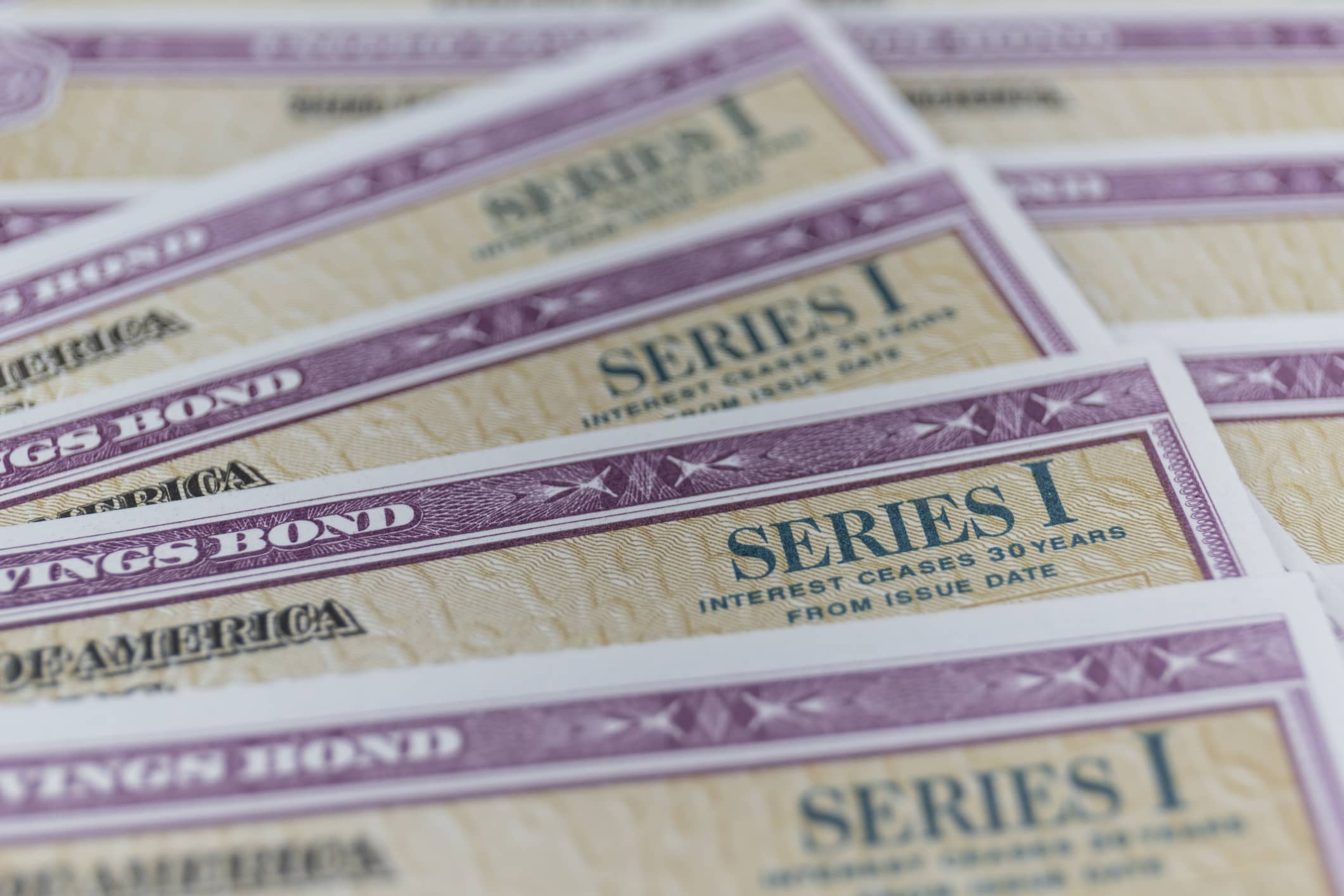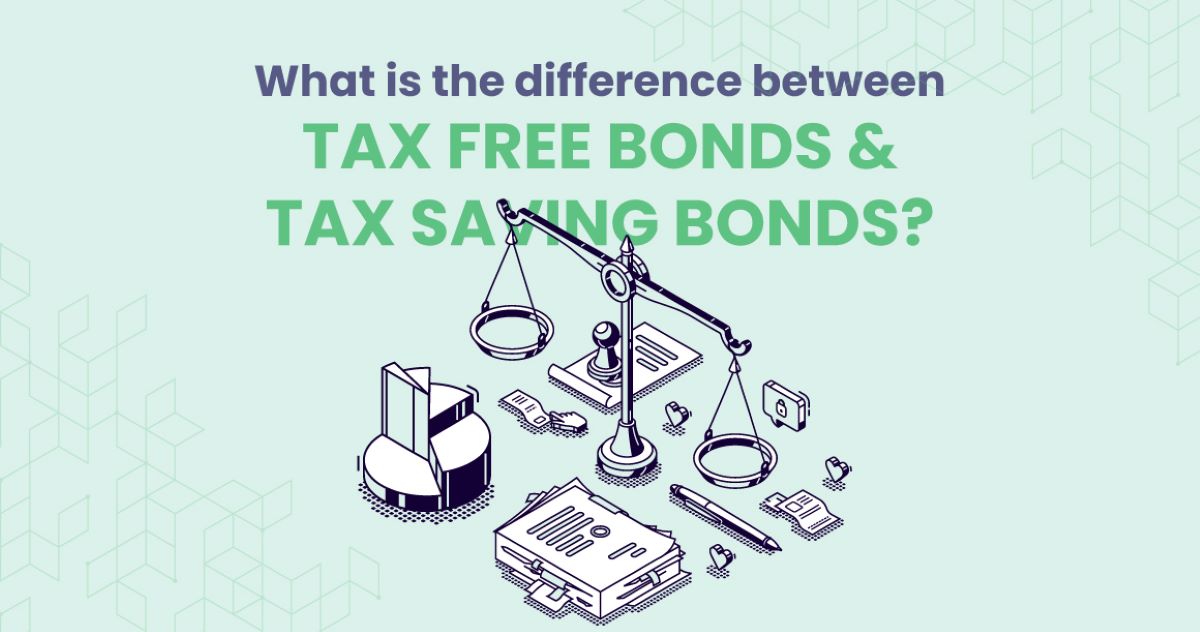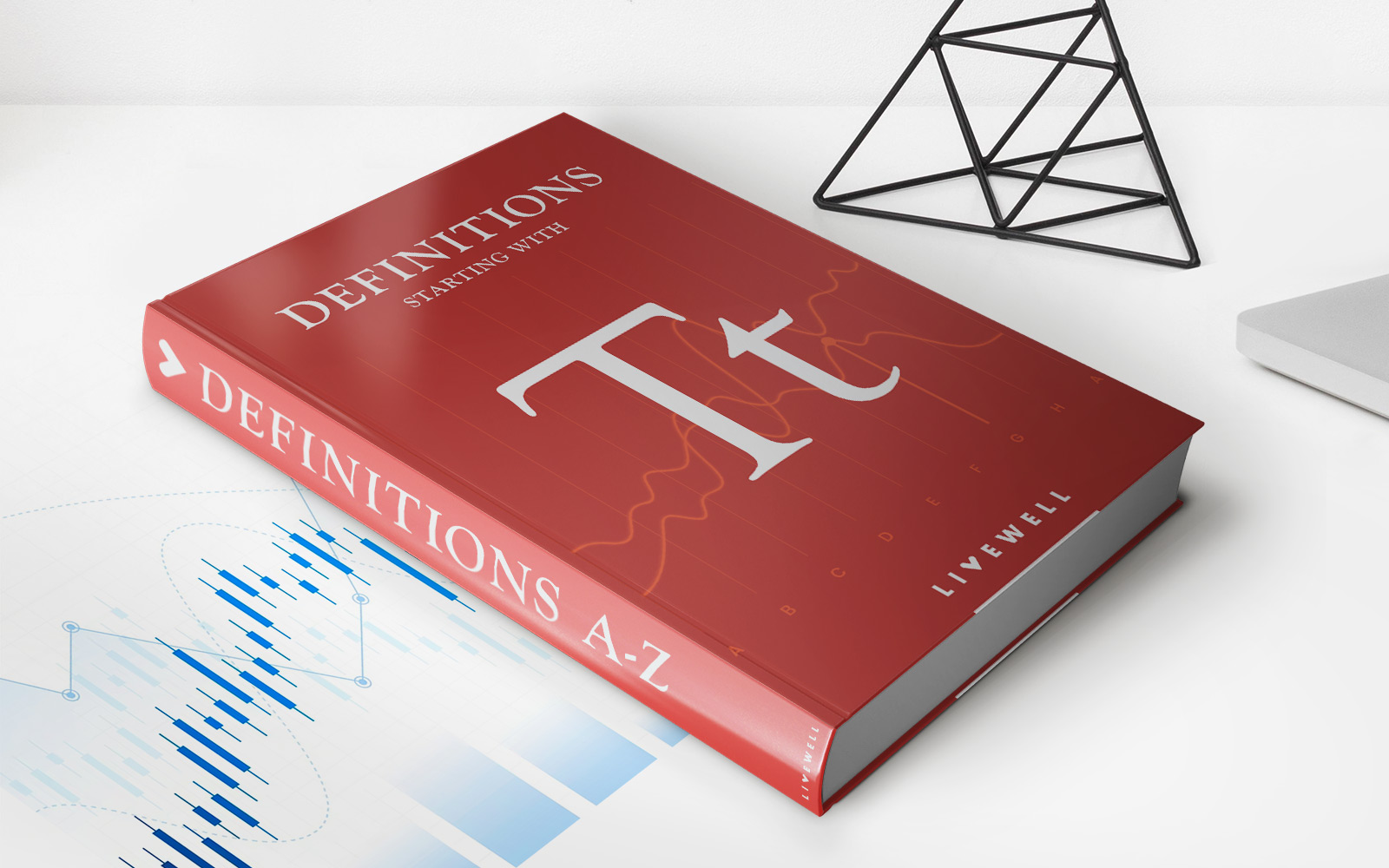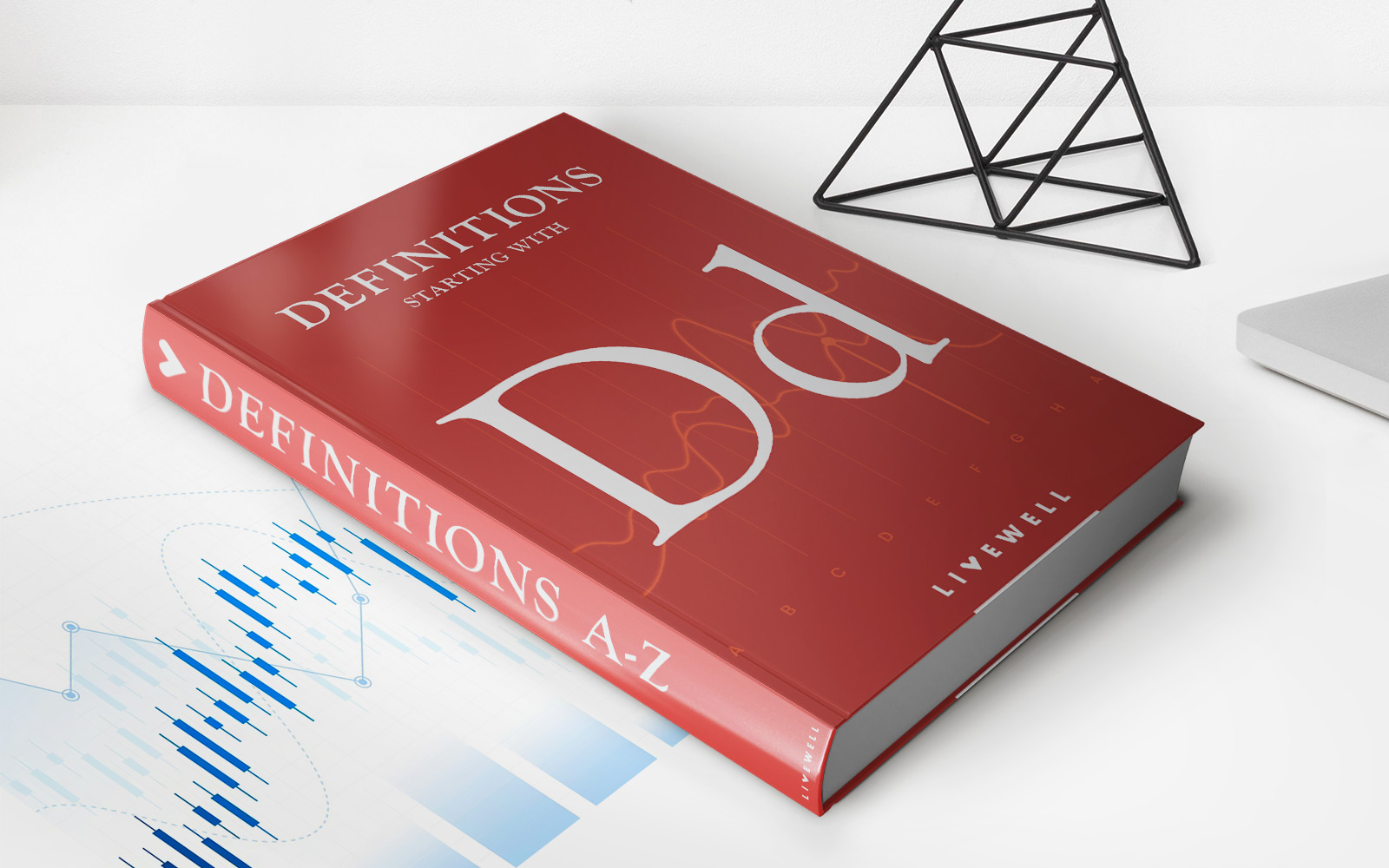

Finance
How To Purchase I Bonds With Tax Refund
Published: October 12, 2023
Learn how to use your tax refund to finance the purchase of I Bonds and make a smart investment for your future. Discover the benefits of this financial strategy today.
(Many of the links in this article redirect to a specific reviewed product. Your purchase of these products through affiliate links helps to generate commission for LiveWell, at no extra cost. Learn more)
Table of Contents
- Introduction
- Step 1: Verify your eligibility
- Step 2: File your taxes
- Step 3: Choose direct deposit for your tax refund
- Step 4: Review your tax refund amount
- Step 5: Determine the amount to allocate for I Bonds
- Step 6: Complete Form 8888
- Step 7: Submit your tax return
- Step 8: Receive your tax refund
- Step 9: Purchase I Bonds with your tax refund
- Conclusion
Introduction
Are you wondering how to make the most out of your tax refund? One option to consider is purchasing I Bonds. I Bonds, also known as Series I Savings Bonds, are a unique investment vehicle offered by the U.S. Department of the Treasury. They offer a safe and secure way to grow your savings while providing some protection against inflation.
With an I Bond, your investment will earn interest over time, and the interest rate is a combination of a fixed rate set at the time of purchase and an inflation rate that adjusts twice a year. This makes I Bonds an attractive choice for individuals who want their savings to keep up with inflation.
Purchasing I Bonds with your tax refund can be a smart financial move. It allows you to allocate a portion of your refund towards a long-term investment that can potentially grow over time. Not only will it help you save for the future, but it can also serve as a diversification strategy for your overall investment portfolio.
In this article, we will walk through the step-by-step process of how to purchase I Bonds with your tax refund. By following these steps, you can take advantage of this opportunity and make your tax refund work for you in the long run.
Step 1: Verify your eligibility
Before you proceed with purchasing I Bonds using your tax refund, it is essential to confirm that you are eligible to do so. While most individuals are eligible, there are a few exceptions to keep in mind.
To be eligible to purchase I Bonds with your tax refund, you must meet the following criteria:
- You must have a valid Social Security Number or Individual Taxpayer Identification Number.
- You must be a U.S. citizen, resident alien, or U.S. entity (such as a trust or estate).
- You must have filed your taxes and be expecting a tax refund.
- You must have a minimum refund amount of $50.
- You must have a TreasuryDirect account, which is the online platform used to purchase and manage I Bonds.
If you meet all of these requirements, congratulations! You are eligible to purchase I Bonds with your tax refund. If you don’t have a TreasuryDirect account yet, don’t worry. We will guide you through the account setup process in a later step.
It is important to note that there are annual purchase limits for I Bonds. As of 2021, individuals can purchase up to $10,000 in electronic I Bonds per calendar year through their tax refund. This limit applies per Social Security Number or Individual Taxpayer Identification Number.
If you are unsure about your eligibility or have any specific questions, it is advisable to consult a tax professional or refer to the official guidelines provided by the U.S. Department of the Treasury.
Step 2: File your taxes
Once you have verified your eligibility to purchase I Bonds with your tax refund, the next step is to file your taxes. Filing your taxes accurately and on time is crucial to ensure a smooth process for purchasing I Bonds.
There are several methods available for filing your taxes, including filing electronically using tax software, hiring a professional tax preparer, or filing a paper return by mail. Choose the method that best suits your preferences and needs.
When filling out your tax return, be sure to provide accurate information regarding your income, deductions, and credits. It’s essential to review all the details to minimize errors and avoid any delays in receiving your tax refund.
If you are unsure about how to correctly file your taxes or have any specific questions related to your individual circumstances, it’s always a good idea to seek assistance from a tax professional. They can provide valuable guidance and ensure you are maximizing your deductions and credits.
Remember to keep a copy of your tax return and any supporting documentation for future reference. This will be useful when completing the necessary forms for purchasing I Bonds.
Ensure that you file your taxes before the deadline, which is typically April 15th of each year. Filing your taxes early not only allows you to receive your tax refund promptly but also gives you more time to complete the necessary steps to purchase I Bonds.
Once your tax return is filed, you can move on to the next step in the process of purchasing I Bonds with your tax refund.
Step 3: Choose direct deposit for your tax refund
Choosing direct deposit for your tax refund is a convenient and efficient method that ensures you receive your refund quickly. It eliminates the need for a paper check and minimizes the risk of your refund getting lost or delayed in the mail.
When filing your taxes, make sure to select the direct deposit option for your tax refund. You will need to provide your bank account information, including the routing number and account number, to facilitate the direct deposit.
Direct deposit is a secure and reliable way to receive your tax refund. It also expedites the process of purchasing I Bonds as it allows for a seamless transfer of funds from your tax refund to your TreasuryDirect account.
If you have already filed your taxes and did not choose direct deposit, don’t worry. You may still be able to update your preference and switch to direct deposit. Check the guidelines provided by the tax authority in your country or consult with a tax professional for specific instructions on how to make the necessary changes.
By opting for direct deposit, you can expedite the process of purchasing I Bonds with your tax refund and gain quicker access to your funds to start your investment journey.
Step 4: Review your tax refund amount
Before proceeding with purchasing I Bonds, it is important to review and confirm the amount of your tax refund. This will help you determine the portion of your refund that you want to allocate towards purchasing I Bonds.
Once you have filed your taxes, you can check the status of your refund using the appropriate tool provided by the tax authority in your country. This tool will typically require you to enter your Social Security Number or Individual Taxpayer Identification Number, filing status, and the exact refund amount as shown on your tax return.
Reviewing your tax refund amount allows you to plan your finances accordingly and make informed decisions regarding the allocation of funds towards I Bonds. Take into consideration your financial goals, risk tolerance, and desired investment strategy.
It’s also important to remember that purchasing I Bonds with your tax refund is entirely optional. If you have other financial obligations or investment priorities, you may choose to allocate your tax refund differently.
Additionally, keep in mind that there is a minimum refund amount required to purchase I Bonds. As of 2021, the minimum refund amount is $50. Ensure that your tax refund meets this requirement to proceed with the purchase.
By thoroughly reviewing your tax refund amount, you can make well-informed decisions about how much to allocate towards purchasing I Bonds and ensure your financial plans align with your goals and aspirations.
Step 5: Determine the amount to allocate for I Bonds
Once you have reviewed your tax refund amount, it’s time to determine how much of your refund you want to allocate towards purchasing I Bonds. This decision will depend on various factors, including your financial goals, risk tolerance, and current investment portfolio.
Consider your long-term financial objectives when deciding on the amount to allocate for I Bonds. Are you looking for a low-risk investment option to preserve your capital? Are you aiming for a higher yielding investment that can keep up with inflation? These considerations will help guide your decision-making process.
It’s important to strike a balance between allocating a significant portion of your tax refund towards I Bonds to benefit from their stability and potential growth, and keeping a portion for other financial needs or diversifying your investment portfolio.
Take into account your overall financial situation, including any debts, emergency funds, and short-term financial goals. It’s essential to maintain a well-rounded financial plan that considers all aspects of your financial well-being.
Consider consulting with a financial advisor or planner who can provide personalized advice based on your individual circumstances. They can help you determine an appropriate allocation for your tax refund towards I Bonds, taking into account your specific goals and risk tolerance.
Remember that the annual purchase limit for electronic I Bonds through tax refunds is $10,000 per individual, per calendar year. This limit includes any I Bonds purchased throughout the year using other methods as well.
By carefully determining the amount to allocate for I Bonds, you can tailor your investment strategy to align with your financial goals and optimize the benefits of this unique investment opportunity.
Step 6: Complete Form 8888
Once you have determined the amount you want to allocate towards purchasing I Bonds, the next step is to complete Form 8888. This form allows you to specify the allocation of your tax refund to different accounts or investments, including purchasing I Bonds.
Form 8888 is provided by the tax authority in your country and is typically titled “Allocation of Refund.” It allows you to direct your tax refund to multiple accounts or investments, including traditional bank accounts, retirement accounts, education savings accounts, and of course, I Bonds.
When completing Form 8888, you will need to provide the necessary information for the allocation of your tax refund towards purchasing I Bonds. This includes your TreasuryDirect account number, the amount you wish to allocate for I Bonds, and any other specific details required by the tax authority.
It is crucial to accurately fill out Form 8888, ensuring that the information provided matches the details of your TreasuryDirect account and the amount you want to allocate for I Bonds. Any errors or discrepancies may result in delays or complications when purchasing I Bonds.
Double-check the form for any missing information or mistakes before submitting it along with your tax return. It’s also a good idea to keep a copy of the completed Form 8888 for your records. This will be useful for reference and documentation purposes.
If you require assistance in completing Form 8888 or have any specific questions regarding the process, consult the official guidelines provided by the tax authority or consider reaching out to a tax professional for advice.
By completing Form 8888 accurately and specifying the allocation for purchasing I Bonds, you ensure that your tax refund will be directed towards this investment in accordance with your desired allocation.
Step 7: Submit your tax return
After completing Form 8888 and ensuring all the necessary information is accurate, the next step is to submit your tax return. This involves sending your completed tax forms and any supporting documentation to the tax authority for processing.
Before submitting your tax return, take the time to review all the information provided. Check for any errors or omissions that could potentially cause delays or complications. Make sure all required forms and schedules are included and properly filled out.
Depending on your country’s regulations, you may have the option to submit your tax return electronically or by mail. Electronic filing is generally the fastest and most convenient option, allowing for immediate confirmation of receipt. If mailing your tax return is required, use certified mail or a similar service to track the delivery and ensure it reaches the tax authority.
Keep in mind that there may be specific deadlines for submitting your tax return, such as April 15th in the United States. Missing the deadline can result in penalties or interest charges, so it’s important to file on time.
Remember to include Form 8888 along with your tax return to indicate your desired allocation of the tax refund towards purchasing I Bonds. This ensures that your tax refund will be directed accordingly when the refund is processed.
Once you have submitted your tax return, it may take some time for the tax authority to process it. During this period, it’s a good idea to regularly check the status of your refund using the provided tracking tools or online portals. This allows you to stay informed about the progress of your refund and anticipate the next steps.
By submitting your tax return on time and including the necessary forms, you are one step closer to purchasing I Bonds with your tax refund and putting your money to work for your long-term financial goals.
Step 8: Receive your tax refund
After submitting your tax return and completing all the necessary steps, the next milestone is receiving your tax refund. The process of receiving your refund may vary depending on the tax authority and the method you chose for filing your taxes.
If you opted for direct deposit, you can expect your tax refund to be deposited electronically into your designated bank account. This is the fastest and most secure way to receive your refund. Keep an eye on your bank account for any notifications or updates regarding the deposit.
If you chose to receive a paper check, it will be mailed to the address you provided on your tax return. Be patient, as it may take some time for the check to arrive. Ensure that your mailing address is correct to avoid any delays or complications.
During this waiting period, it can be helpful to regularly check the status of your refund using the tools or online portals offered by the tax authority. This allows you to stay informed about the progress of your refund and get an estimated date of when it will be issued.
Once your tax refund has been received, it’s important to handle the funds responsibly. Consider transferring the allocated amount for purchasing I Bonds into your TreasuryDirect account as soon as possible. This allows you to take advantage of the investment opportunity and start earning interest on your funds.
Remember that I Bonds are a long-term investment, and it may take several years before they reach their maximum value. Patience and a long-term perspective are key to maximizing the benefits of your I Bond investment.
By receiving your tax refund, you have successfully completed a major step in the process of purchasing I Bonds. Now, it’s time to move on to the final step and utilize your tax refund to invest in I Bonds.
Step 9: Purchase I Bonds with your tax refund
Congratulations, you’ve reached the final step! Now that you’ve received your tax refund, it’s time to purchase I Bonds and put your money to work for your financial future.
To purchase I Bonds with your tax refund, follow these steps:
- Login to your TreasuryDirect account. If you don’t have one yet, you will need to create an account by providing your personal information and setting up login credentials.
- Navigate to the “BuyDirect” section within your TreasuryDirect account.
- Select the option to purchase I Bonds.
- Enter the amount you want to allocate for I Bonds, which should match the portion of your tax refund that you want to invest.
- Follow the prompts to complete the purchase, including verifying your personal information and confirming the transaction.
- Review the details of your I Bond purchase to ensure accuracy.
- Submit the purchase request to finalize the transaction.
- Keep any confirmation or transaction details for your records.
It’s important to note that the purchase of I Bonds is subject to certain limitations and restrictions, such as the annual purchase limit mentioned earlier. Be mindful of these limitations and ensure that your purchase falls within the allowed limits.
Once your I Bonds purchase is complete, you will start earning interest on your investment. The interest on I Bonds is a combination of a fixed rate and an adjustable inflation rate, making them an attractive long-term investment option.
Keep track of your I Bonds in your TreasuryDirect account and regularly monitor their performance. You can access your account anytime to view your holdings, transactions, and interest earned.
Remember that I Bonds have a minimum holding period of one year, meaning you cannot redeem them within the first year of purchase. However, after the first year, they can be redeemed with the accrued interest on a rolling basis.
Congratulations on successfully purchasing I Bonds with your tax refund! By utilizing your refund to invest in I Bonds, you have taken a proactive step towards building your financial future and ensuring a more secure and prosperous tomorrow.
Conclusion
Purchasing I Bonds with your tax refund can be a strategic financial move that allows you to make the most out of your tax refund and set yourself up for long-term financial growth. By following the step-by-step process outlined in this guide, you can navigate the journey of purchasing I Bonds with ease.
From verifying your eligibility and filing your taxes to determining the amount to allocate for I Bonds and completing the necessary forms, each step plays a crucial role in ensuring a smooth and successful purchase. Remember to review your tax refund amount, choose direct deposit for efficiency, and submit your tax return on time.
Once you receive your tax refund, it’s time to make your I Bonds purchase through your TreasuryDirect account. As you invest in I Bonds, be mindful of their unique features, including the fixed rate and adjustable inflation rate, as well as the minimum holding period.
By incorporating I Bonds into your investment portfolio, you can diversify your assets, protect against inflation, and potentially enjoy steady growth over the long term. However, keep in mind that it’s always essential to consult with a financial advisor or planner to ensure your investment decisions align with your specific financial goals and risk tolerance.
Remember, purchasing I Bonds with your tax refund is just one way to make the most of your financial resources. It’s also important to consider other financial goals, such as paying off debts, building an emergency fund, or investing in retirement accounts.
As with any investment, it’s important to stay informed about current market trends, promptly review your portfolio, and make adjustments as needed. Periodically assess your financial goals and reassess the allocation of your resources to ensure you’re on track to achieve your objectives.
Overall, purchasing I Bonds with your tax refund can provide you with a unique opportunity to grow your savings and protect your wealth. By carefully following the steps outlined in this guide, you can make informed decisions and take advantage of this investment option to secure a brighter financial future.














